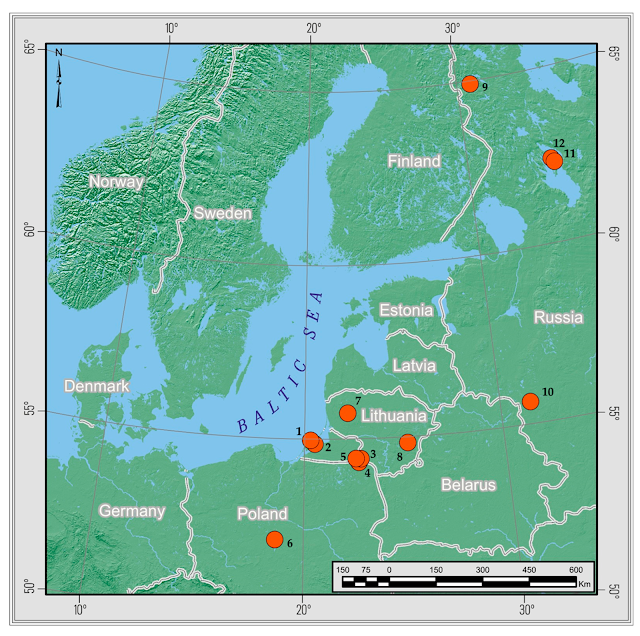New conference paper: Early Developments in Astronomy, Arithmetic and Proto-writing at Göbekli Tepe, 10,000 BCE

I will present the following paper at the... Second MULTIDISCIPLINARY STUDY DAYS geo-archaeological on Mediterranean megalithism (Palermo, Sicily, October 2-4, 2025) Title: Early Developments in Astronomy, Arithmetic and Proto-writing at Göbekli Tepe, 10,000 BCE Martin B. Sweatman, School of Engineering, University of Edinburgh. ABSTRACT Göbekli Tepe, a megalithic site in southern Anatolia, consists of many sub-circular enclosures formed by megalithic T-shaped pillars and a large number of other rectangular buildings. The pillars of this very early settlement, some standing over 5 m tall, are adorned with a complex system of symbols, including animal symbols and other geometric symbols. It is believed to date to ~ 9,500 BCE, although an older origin date within the Epi-palaeolithic period is likely. Sweatman and Tsikritsis (2017) presented a compelling interpretation of these symbols; it is highly likely they are mainly astronomical. In particular, it is thought that Pillar 43 in...

